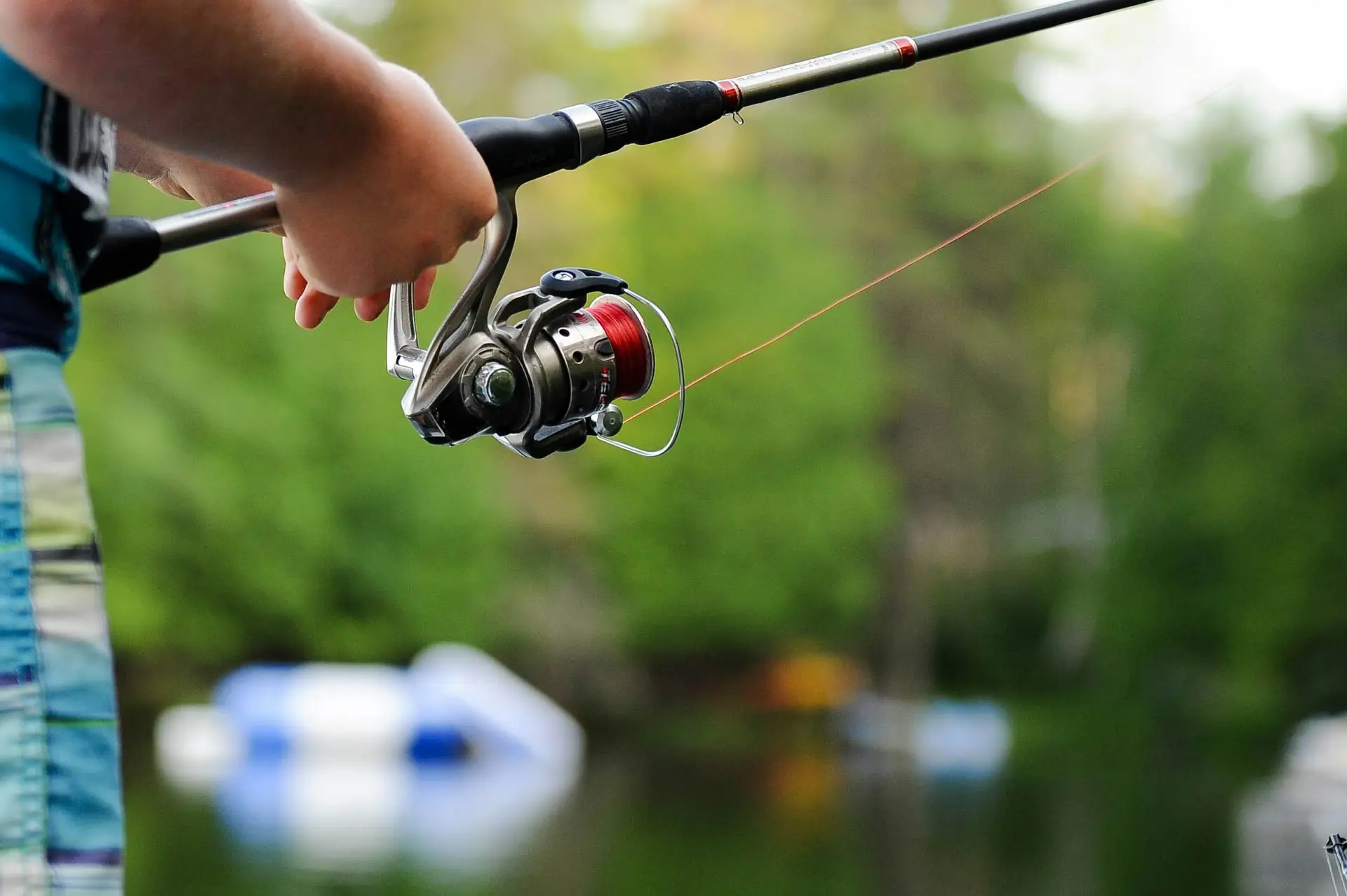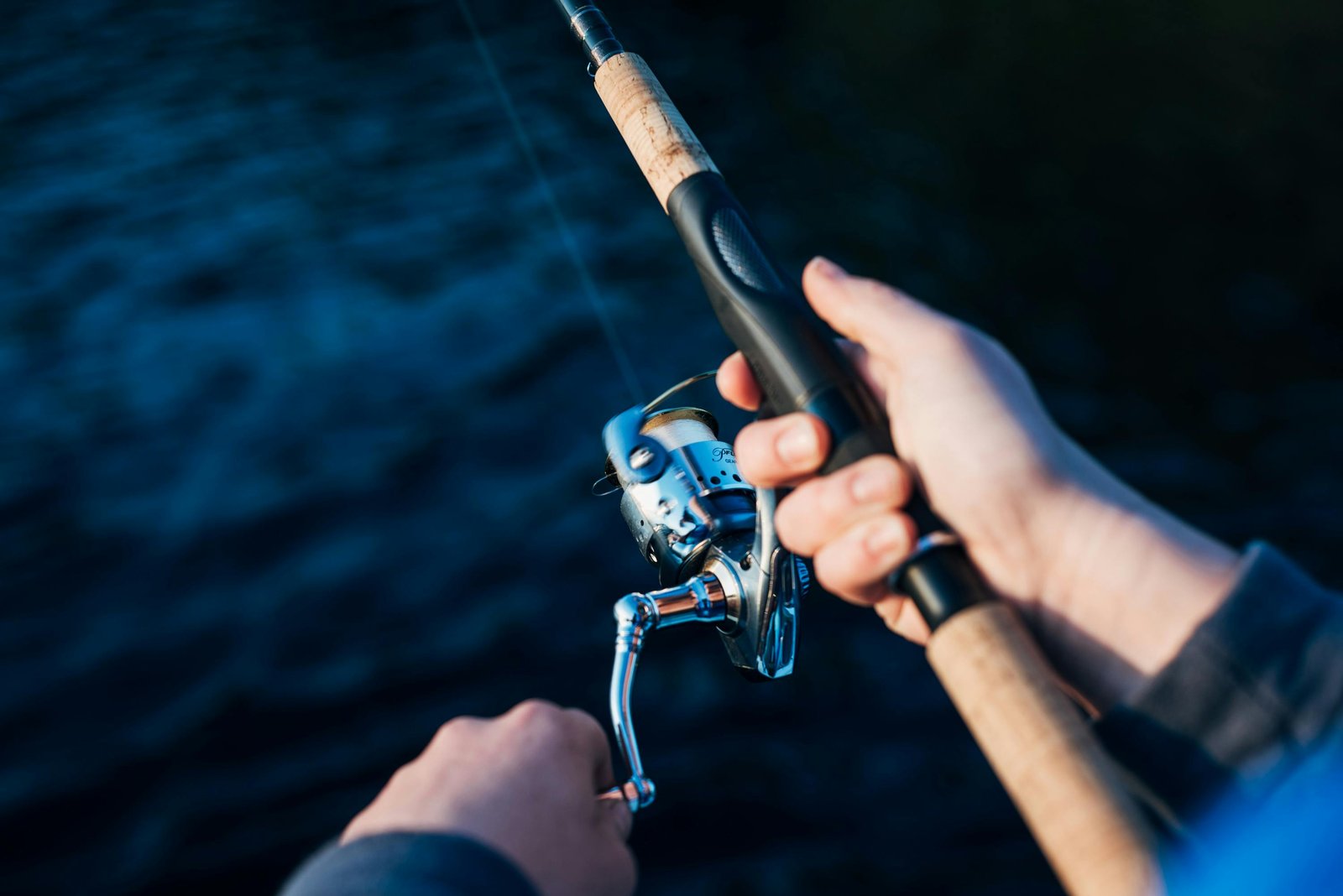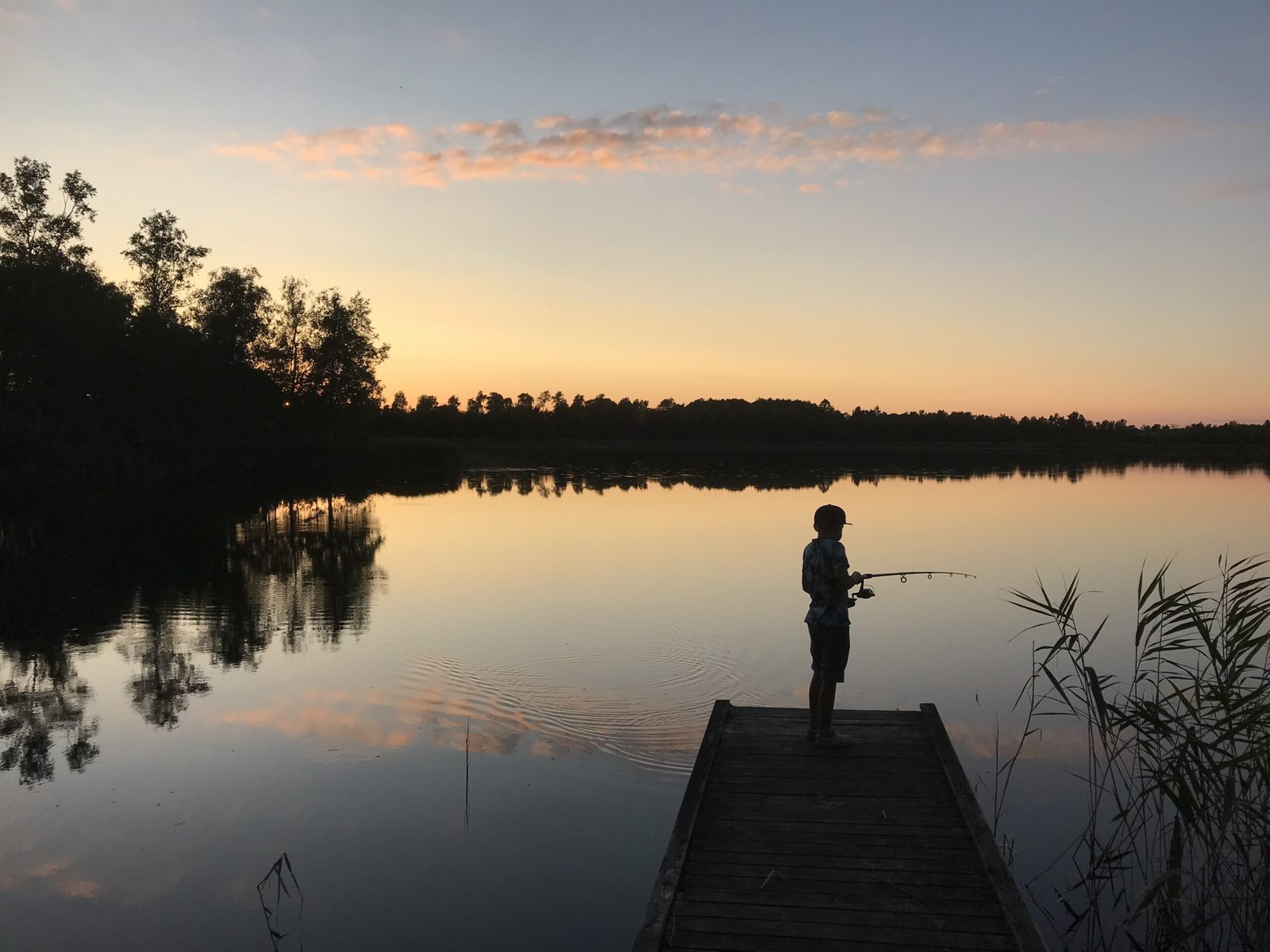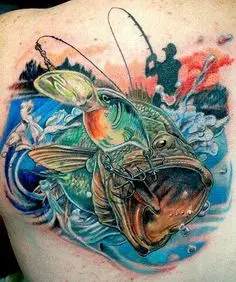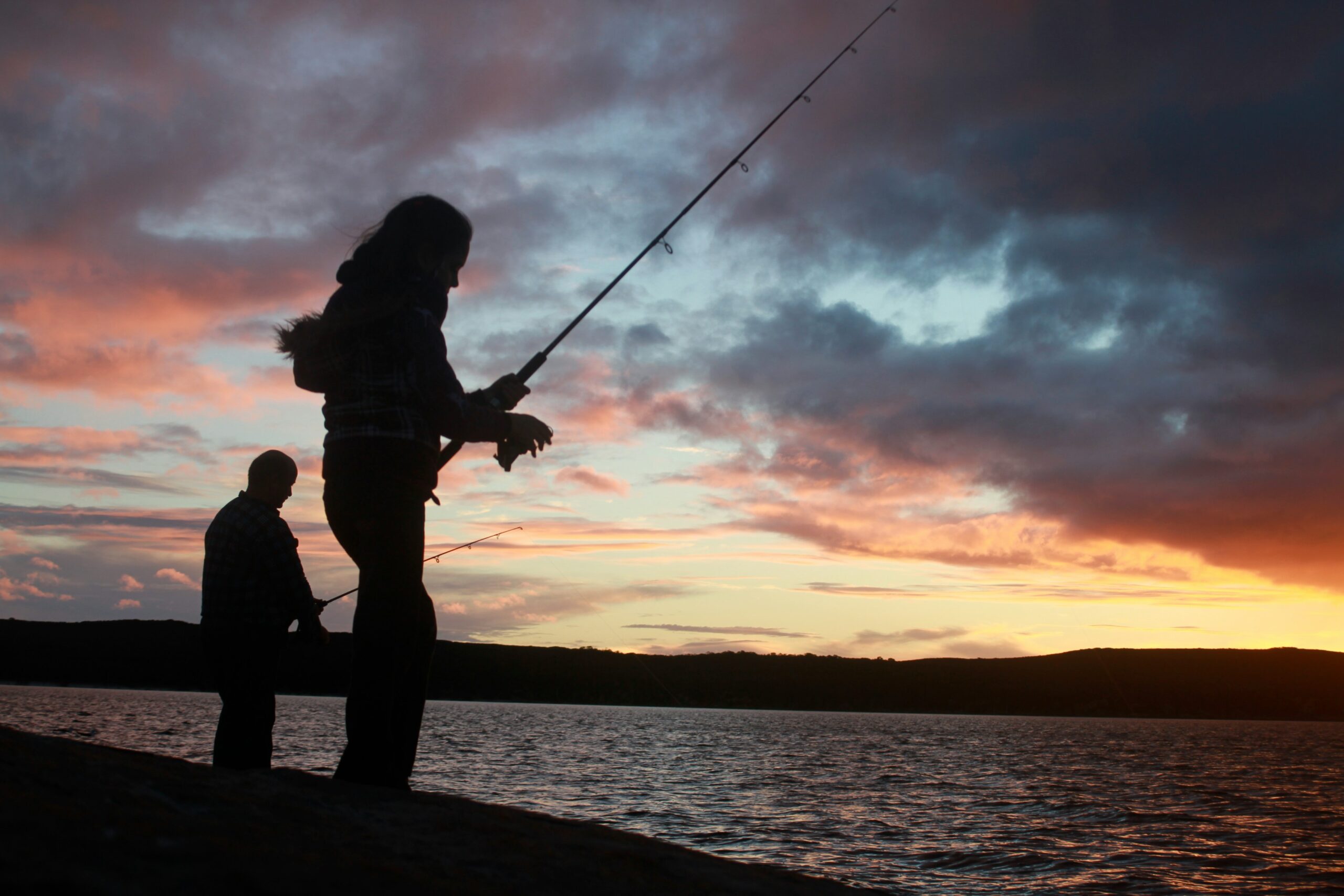I've always loved fishing, but there's something special about striper fishing. The thrill of reeling in a big striped bass is unmatched. Striped bass, also known as stripers, can be found in both saltwater and freshwater environments, making them a popular game fish for anglers all over the country.
One of the great things about striper fishing is that it can be done year-round in many areas. In the spring and fall, stripers migrate up and down the coast, providing excellent opportunities for shore and boat anglers alike. During the summer months, stripers can be found in deeper waters, making them a popular target for offshore anglers. No matter the season, there's always a chance to catch a trophy-sized striper.
Essential Gear and Tackle
As an avid striper fisherman, I know that having the right gear and tackle is crucial to having a successful day on the water. Here are some of my tips for choosing the right equipment.
Choosing the Right Rods and Reels
When it comes to striper fishing, you want a rod and reel combo that can handle the size and strength of these fish. I recommend a medium-heavy to heavy action rod, with a length of 7 to 8 feet. Pair this with a reel that has a high line capacity and a strong drag system.
Tackle Selection for Different Conditions
The tackle you use will depend on the conditions you are fishing in. In clear water with little to no current, I like to use lighter tackle and smaller baits. In murky water with strong currents, I opt for heavier tackle and larger baits to help get down to the fish.
The Role of Bait and Lures
Bait and lures are both effective for catching stripers. Live bait such as herring, eels, and bunker can be very effective, especially when fished on a rig with a sinker to get it down to the fish. Artificial lures like jigs, plugs, and swimbaits can also be effective, especially when fished in a way that mimics the natural movement of baitfish.
Overall, having a variety of gear and tackle options is key to adapting to changing conditions and increasing your chances of catching stripers.
Techniques and Strategies
Understanding Striped Bass Behavior
When it comes to fishing for striped bass, it's important to understand their behavior. Striped bass are known to be active feeders, and they tend to follow the forage. They also prefer water temperatures between 55 and 68 degrees Fahrenheit, so it's important to keep an eye on the water temperature. Striped bass are structure-oriented fish, meaning they tend to stay close to underwater structures such as rocks, drop-offs, and ledges. By understanding their behavior, you can better target them and increase your chances of a successful catch.
Effective Casting and Trolling Methods
Casting and trolling are both effective methods for catching striped bass. When casting, it's important to target areas near underwater structures, as this is where striped bass tend to congregate. Using topwater lures during dusk and dawn can also be effective. When trolling, it's important to use the right lure and to vary your speed to mimic the movement of the forage. Drifting with cut bait can also be an effective trolling method.
Seasonal Patterns and Migration Insights
Understanding seasonal patterns and migration can also increase your chances of catching striped bass. In the spring, striped bass tend to migrate towards the coast for spawning. During the summer, they tend to move towards cooler waters. In the fall, they migrate back towards the coast to feed before winter. By keeping an eye on their migration patterns, you can target them at the right time and in the right location.
Overall, fishing for striped bass requires a combination of knowledge, skill, and patience. By understanding their behavior, using effective casting and trolling methods, and keeping an eye on seasonal patterns and migration, you can increase your chances of catching these elusive fish. Remember to always practice catch and release to preserve the population for future generations.
Frequently Asked Questions
What's the ideal setup for catching striper?
The ideal setup for catching striper depends on the fishing location, depth of water, and the size of the fish. Generally, a medium to heavy rod with a fast action reel is recommended, along with a strong braided line. A fluorocarbon leader is also recommended to prevent the fish from seeing the line.
What lures work best when fishing for striped bass?
The best lures for striped bass fishing are soft plastic baits, swimbaits, topwater lures, and jigs. It's important to match the size and color of the lure to the baitfish in the area.
Where can I find the best striper fishing spots?
Striper fishing spots can be found in various locations, including rivers, lakes, and coastal areas. Some of the best spots include the Chesapeake Bay, Cape Cod Canal, and the Sacramento River. It's important to research the area beforehand and check local regulations before fishing.
When's the prime time of year for striper fishing?
The prime time for striper fishing varies depending on the location. In general, spring and fall are the best seasons for striper fishing. During these times, the fish are more active and feeding heavily.
What techniques should I use to fish for striped bass from shore?
When fishing for striped bass from shore, it's important to use the right technique. Some effective techniques include casting lures and baits near structure, such as rocks or jetties, and retrieving them slowly. Another technique is to use a popping cork with a soft plastic bait or live bait.
Can you give me tips for landing a striper in freshwater?
Landing a striper in freshwater can be challenging, but there are some tips that can help. It's important to use a heavy rod with a strong line and a fluorocarbon leader. When fighting the fish, it's important to keep a steady pressure and avoid jerking the rod. Once the fish is tired, it can be slowly reeled in and landed.
